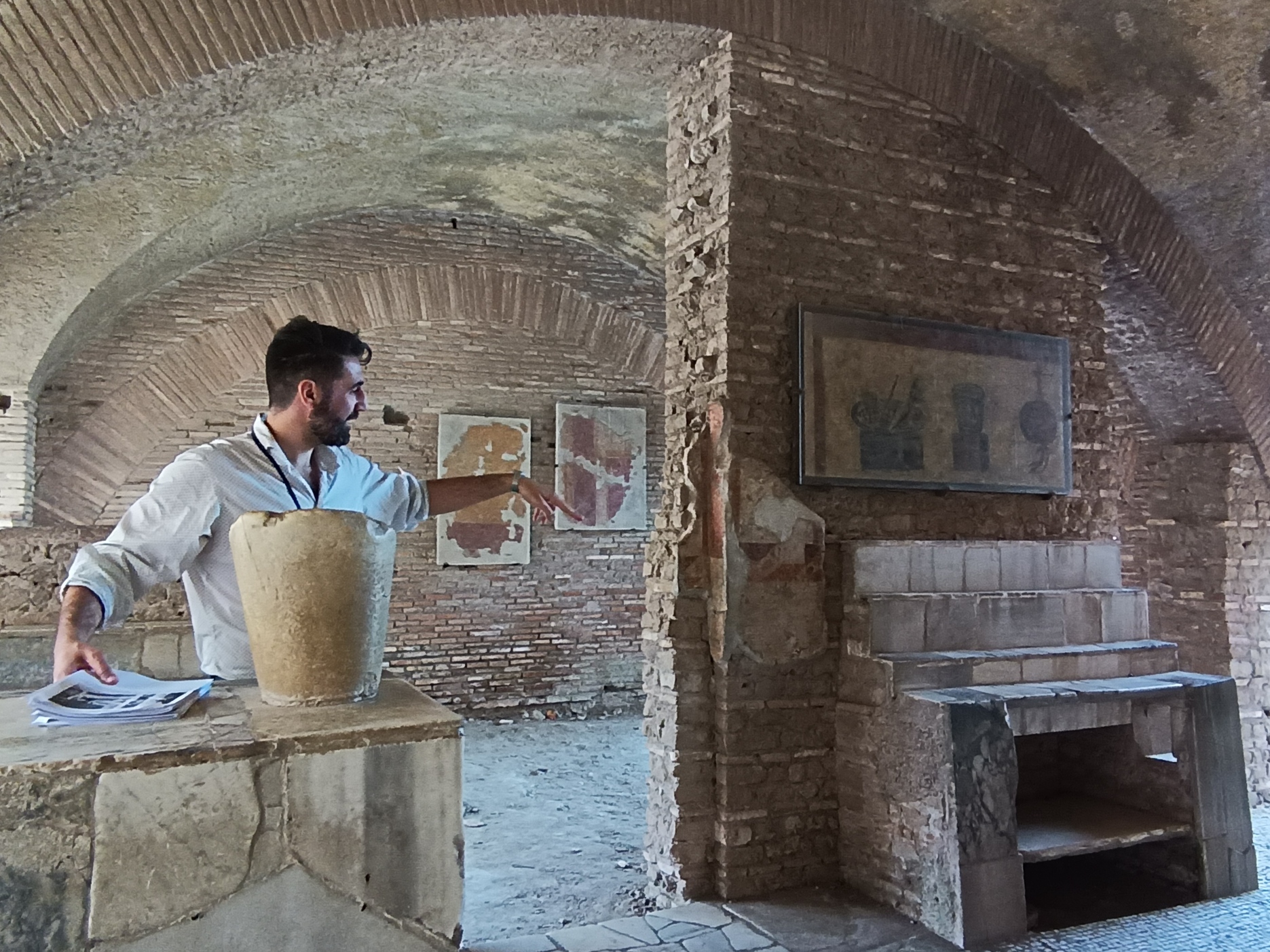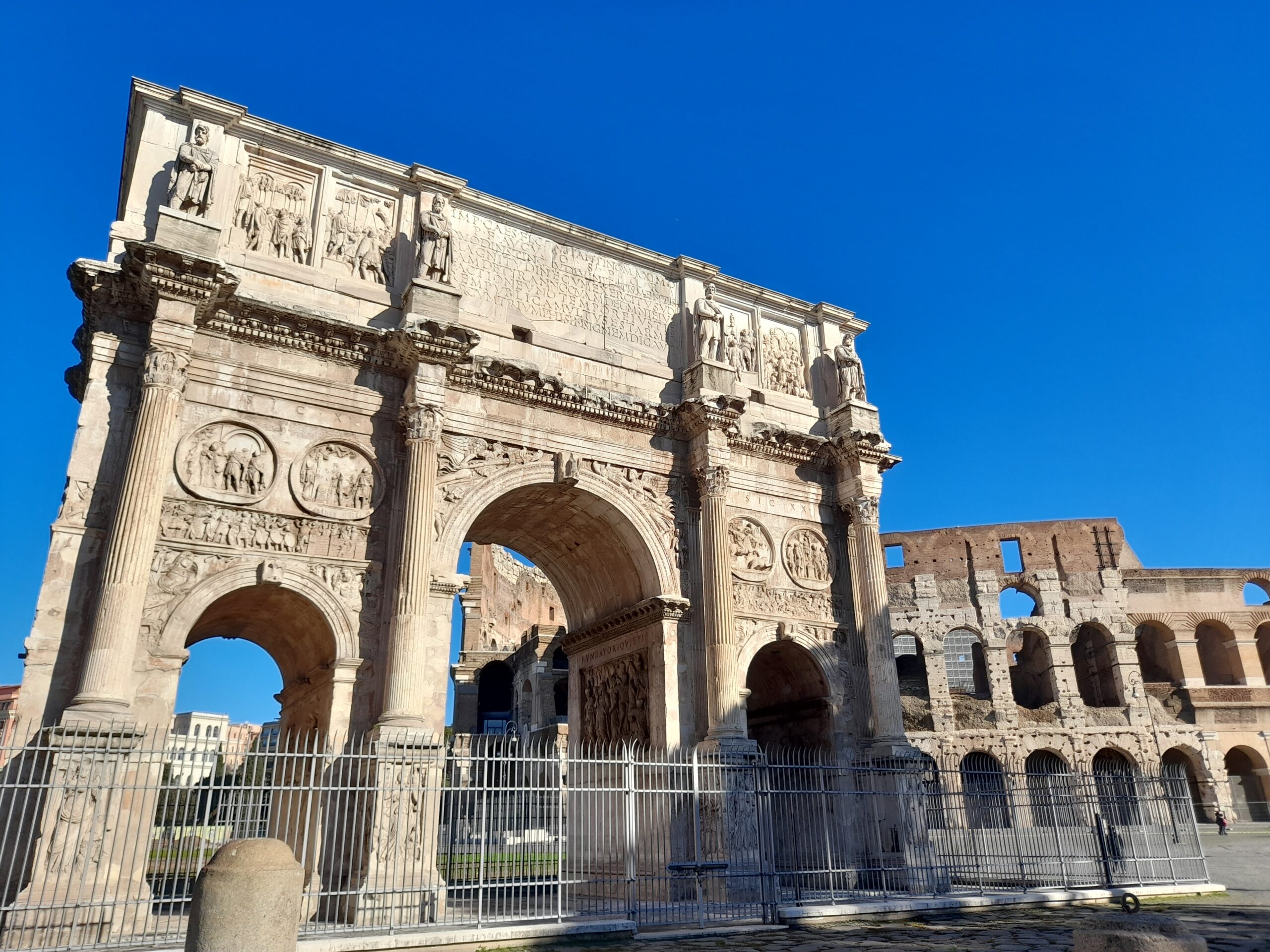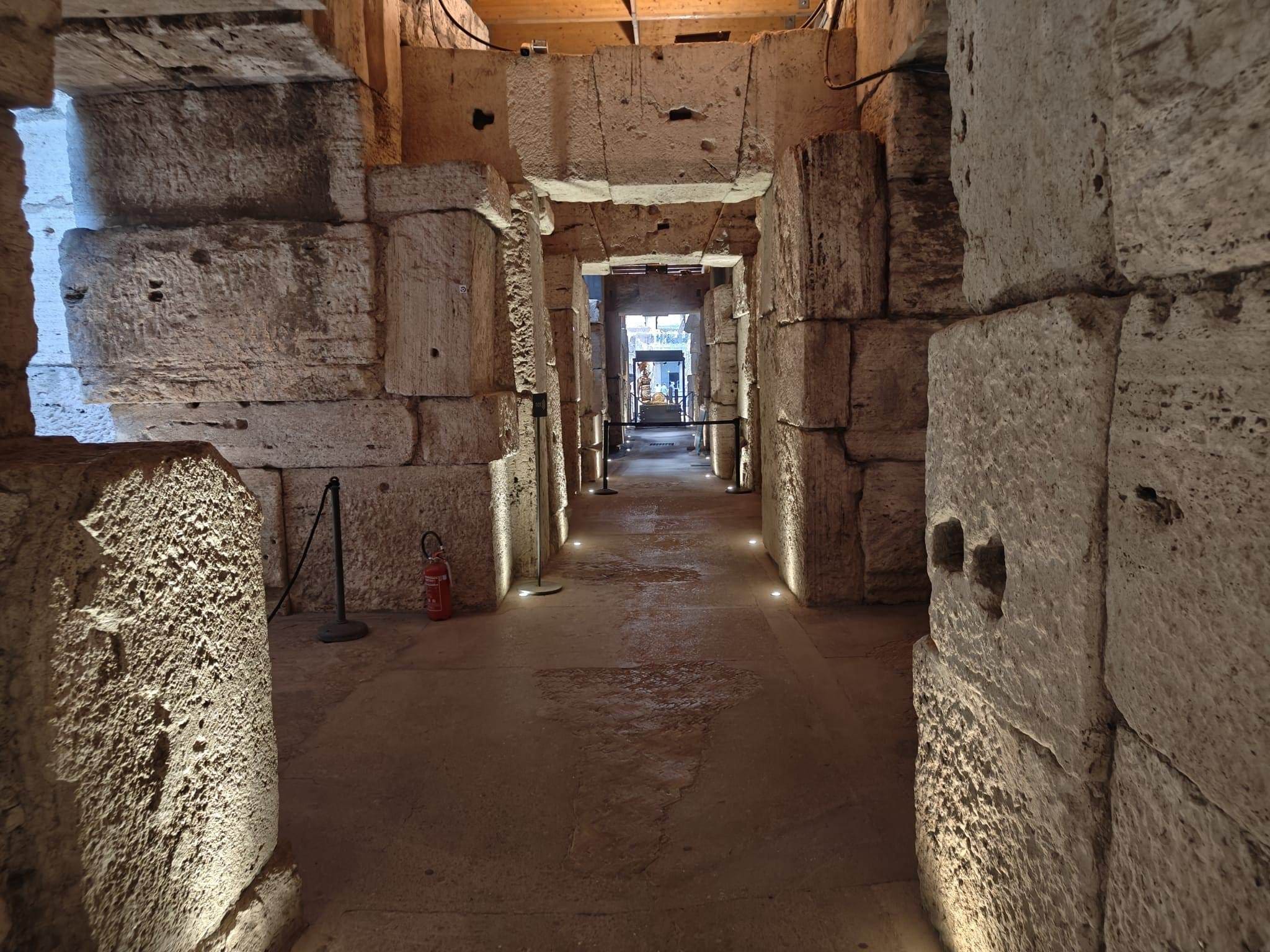A Hidden Gem Just Outside Rome
Today I want to share one of my favorite hidden gems just outside the city: Ostia Antica. If you’re looking for an unforgettable private tour that’s rich in history but not packed with tourists, this is your place. It’s perfect for solo travelers who want to explore ancient Rome without the crowds of the Colosseum or the Roman Forum.
Why Visit Ostia Antica?
Ostia Antica is one of the best-preserved Roman archaeological sites in the world. Imagine walking through an entire Roman city, complete with streets, shops, public baths, temples, and even ancient apartment blocks. It’s often called “the better Pompeii” for a reason—you get the same immersive experience without the long travel or massive crowds.
And the best part? It’s just a short ride from Rome. A day trip to Ostia Antica is easy, fascinating, and incredibly rewarding.
What Is Ostia Antica? A Snapshot of Ancient Life
Ostia was ancient Rome’s first colony, founded in the 7th century BCE, likely by the Roman king Ancus Marcius. Thanks to its location at the mouth of the Tiber River (“ostium” means “mouth” in Latin), it became a bustling harbor town.
By the 2nd century CE, Ostia had grown into a thriving commercial hub with around 50,000 residents. It was the logistical heart of Rome, importing grain, wine, oil, and goods from across the empire.
Today, visitors can explore remarkably intact ruins that offer a vivid picture of everyday Roman life—not just the lives of emperors and elites, but of workers, traders, bakers, and sailors.
Top Sights to See in Ostia Antica
Here are some of the must-see highlights you’ll explore during a private tour:
- The Decumanus Maximus: This was the main road of the city, stretching over a mile and lined with ancient shops and businesses.
- The Theater: Built in the 1st century BCE and expanded later, it could seat 4,000 people and is still used today for performances.
- The Forum: Ostia’s civic center, surrounded by temples, administrative buildings, and markets.
- The Baths of Neptune: These public baths feature a beautiful black-and-white mosaic of Neptune, god of the sea.
- The Thermopolium: An ancient Roman fast food joint! You can still see the marble counters where hot food and wine were served.
- The Fullonica (Laundry): See where clothes were washed, dyed, and dried. Yes, Romans did laundry too—with ammonia from urine!
- The Bakery of Silvanus: Complete with lava stone mills and ovens.
- The Mithraeum: A mysterious underground temple dedicated to the god Mithras, one of 18 discovered in Ostia.
- The Insulae (Apartment Buildings): Multi-story housing for the working class, complete with shops on the ground floor.
- The Latrine: A surprisingly elegant communal toilet that shows just how advanced Roman plumbing was.
Why Ostia Is Perfect for a Private Tour
Ostia is vast—over 100 acres of ruins, some barely marked on the map. With a private guide, you’re not just walking through stones—you’re walking through stories.
You’ll hear how bakers worked their ovens, how sailors worshipped in underground temples, how Roman workers hauled sacks of grain through the port.
Instead of guessing what you’re looking at, you’ll recognize homes, bars, bathhouses, and temples for what they were—and the people who lived in them.
A guide helps you connect the dots. They’ll lead you through the quiet backstreets, point out the graffiti on the walls, and show you where the ancient menu is still painted above the counter.
Plus, it’s a quiet place – no crowds pushing you around. You can ask questions, stop for photos, and truly take your time.
A Real Day in Ancient Rome
Ostia Antica is one of the rare places where ancient Rome feels real. You can walk through actual streets and sit in real taverns and baths. You’ll get a sense of what daily life was like for ordinary Romans. It’s immersive, tangible, and unforgettable.
Want to imagine the smell of fresh bread in a Roman bakery? Or picture sailors unloading ships at the port with sailors shouting orders in Latin? That’s exactly the kind of experience Ostia offers. It’s immersive, tangible, and deeply human.
Planning Your Day Trip from Rome
- How to Get There: It’s easy. Just hop on the Roma-Lido train from Porta San Paolo (next to Piramide Metro Station). In about 30 minutes, you’re there.
- What to Bring: Comfortable shoes, a refillable water bottle, sun protection, and curiosity.
- When to Go: Morning visits are best, especially in spring or fall when the weather is mild.
Pro Tips for Solo Travelers
- Booking a private tour makes everything easier. You get transportation, tickets, and an expert guide all in one.
- Ostia Antica attracts fewer tourists, resulting in a more intimate and flexible experience.
- Great for photography lovers: wide-open spaces and dramatic light.
Ostia Antica vs. Pompeii
Why choose Ostia over Pompeii? Here’s a quick comparison:
- Travel time: Pompeii is 3.5 hours from Rome; Ostia is 30 minutes.
- Crowds: Pompeii is packed. Ostia is peaceful.
- Vibe: Pompeii shows a disaster. Ostia shows daily life.
Both are great, but if you’re short on time and want something immersive and relaxed, Ostia wins.
Book Your Private Tour of Ostia Antica Today
If you’re ready to step back in time and explore the ancient world with an expert by your side, don’t wait.
Whether you’re a solo traveler, a history buff, or just someone looking for something unique near Rome, Ostia Antica is a brilliant choice.
Walk the streets of ancient Rome, minus the crowds. See you there!
Pietro Paolo Tour Guide Rome





